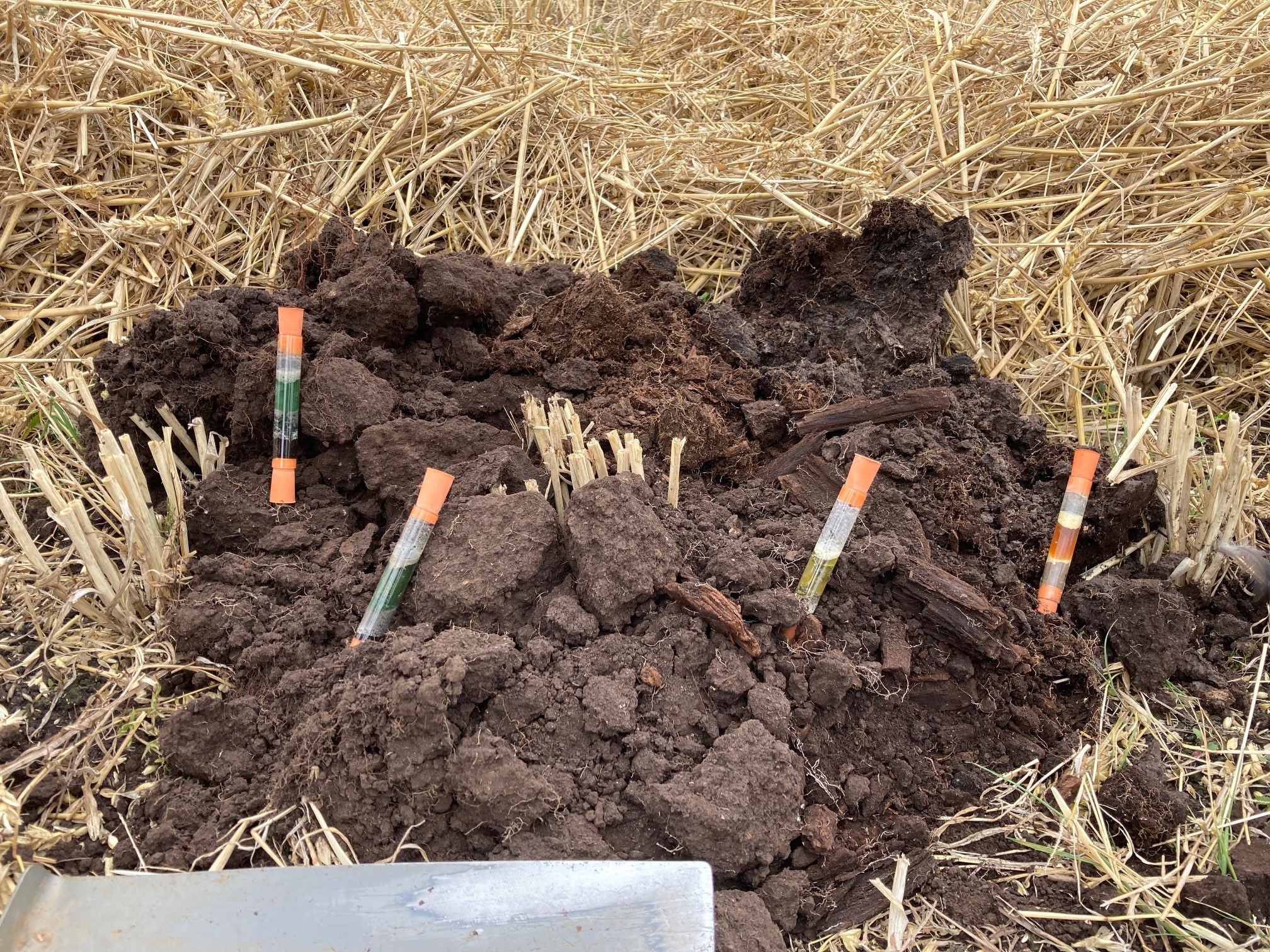Loam soil is often regarded as a gardener’s elixir, providing an exquisite balance of sand, silt, and clay that allows for optimal drainage and nutrient retention. This middle-ground soil type is particularly beneficial for plants like cacti and succulents, which thrive in conditions that simulate their arid native habitats. Finding loam soil is not merely a quest for physical substance; it is an exploration of environmental balance and plant vitality.
Understanding where loam soil can be found begins with a recognition of its characteristics and the environments that support its formation. It’s more than just a commodity; it’s a living matrix that supports the ecosystem. The quest for this ideal growing medium is both an art and a science, necessitating a deep dive into the natural world around us.
So, where exactly can one locate this agrarian treasure?
Exploring Natural Landscapes
Loam soil often occurs naturally in regions characterized by diverse ecosystems, especially those that have experienced significant geological, climatic, and biological influences. Areas such as river valleys, floodplains, and deltas frequently exhibit rich loamy soils. These regions are fertile due to the continual deposition of organic matter and minerals carried by water.
In this light, consider visiting local nature reserves or protected areas that showcase native flora. Observing how plants interact with the soil can be a profound learning experience. These habitats often present varieties of loam can make excellent conditions for cultivating succulents and cacti in your garden or home. Look for patches of loamy soil under canopies of trees or alongside water bodies where the harmonious interplay of elements fosters fertility.
Community Gardens and Urban Nurseries
With an increase in urban horticulture, community gardens and local nurseries have become valuable resources for gardeners. Such spaces often prioritize sustainable practices, relying on local soil cultivations that can include loam. Engaging with fellow gardeners can offer insights into the types of soil that succeed in your area, as well as where to source or improve them.
Many community gardens also conduct workshops and educational sessions where loam soil’s benefits and management are discussed. In these settings, you can connect with knowledgeable individuals passionate about sustainable gardening. They can impart the nuanced understanding required to identify and maintain a healthy loamy environment in your own garden.
The Interplay of Climate and Soil
It is vital to appreciate the symbiotic relationship between climate and soil composition. Regions with a temperate climate often possess the right conditions for the formation of loamy soils. These areas witness regular precipitation balanced with sunny spells, allowing organic matter to decompose adequately while keeping excess moisture at bay. Understanding your local climate and its influence on soil types is essential in your quest for loam.
In areas like the Midwest of the United States, loamy soils are abundant. This is largely due to the seasonal oscillations that promote the natural cycling of nutrients. Consider investigating regional agricultural practices; farmers are often eager to share information about their soil management techniques and may have recommendations for where to find loamy soil suitable for your growing endeavors.
The Art of Soil Amending
If finding loam soil independently proves to be a challenge, consider the art of soil amending. By blending various soil types with organic materials, one can create a loam-like mixture. This process involves combining sand, silt, clay, and ample organic matter such as compost. By understanding the unique characteristics and preferences of your cacti and succulents, you can effectively engineer a growing medium that mimics the versatility of loamy soil.
Adding perlite or pumice can enhance drainage, creating an optimal environment for plants that naturally thrive in arid conditions. A well-amended soil mix not only improves drainage capabilities but also supports aeration, which is vital for root health. By taking the reins of soil composition into your own hands, you can create tailored conditions that enable your cactus and succulent collections to flourish.
At Home: Testing Your Soil
A pivotal step in ensuring the success of your plants involves soil testing. Purchasing a soil test kit allows you to evaluate the pH, nutrient content, and composition of your existing soil. This process can unveil hidden potentials within your home’s garden portfolio. By understanding what you have at your disposal, you can better tailor your amendments to create the loamy conditions ideal for cacti.
Moreover, keeping a log of your soil amendments and plant growth can foster a deeper understanding of which combinations yield the best results. If the pursuit of loam soil feels expansive, remember that achieving balance in your growing medium requires patience and experimentation.
Enhancing Biodiversity through Exploration
Finding loam soil should not be merely an objective; let it be an adventure. Explore local parks, botanical gardens, or even engage with soil scientists and horticulturalists in your community. The insights shared by experts can ground you while inspiring further curiosity about soils and plant life. Delving into this knowledge ultimately reconnects you with nature’s artistry and the intricate web of life that thrives beneath our feet.
Conclusion
In conclusion, the journey to locate loam soil can be both enriching and rewarding. As you embark on this venture, you will not only enrich your gardening endeavors but also deepen your appreciation for the natural world. Through exploration, community engagement, and a willingness to experiment with soil amendments, you can cultivate a thriving environment for your cacti and succulents. Armed with the knowledge of where to find loam soil and how to create ideal growing conditions, you are now prepared to nurture your plants to their fullest potential, embracing the beauty that lies in their growth.





Leave a Comment